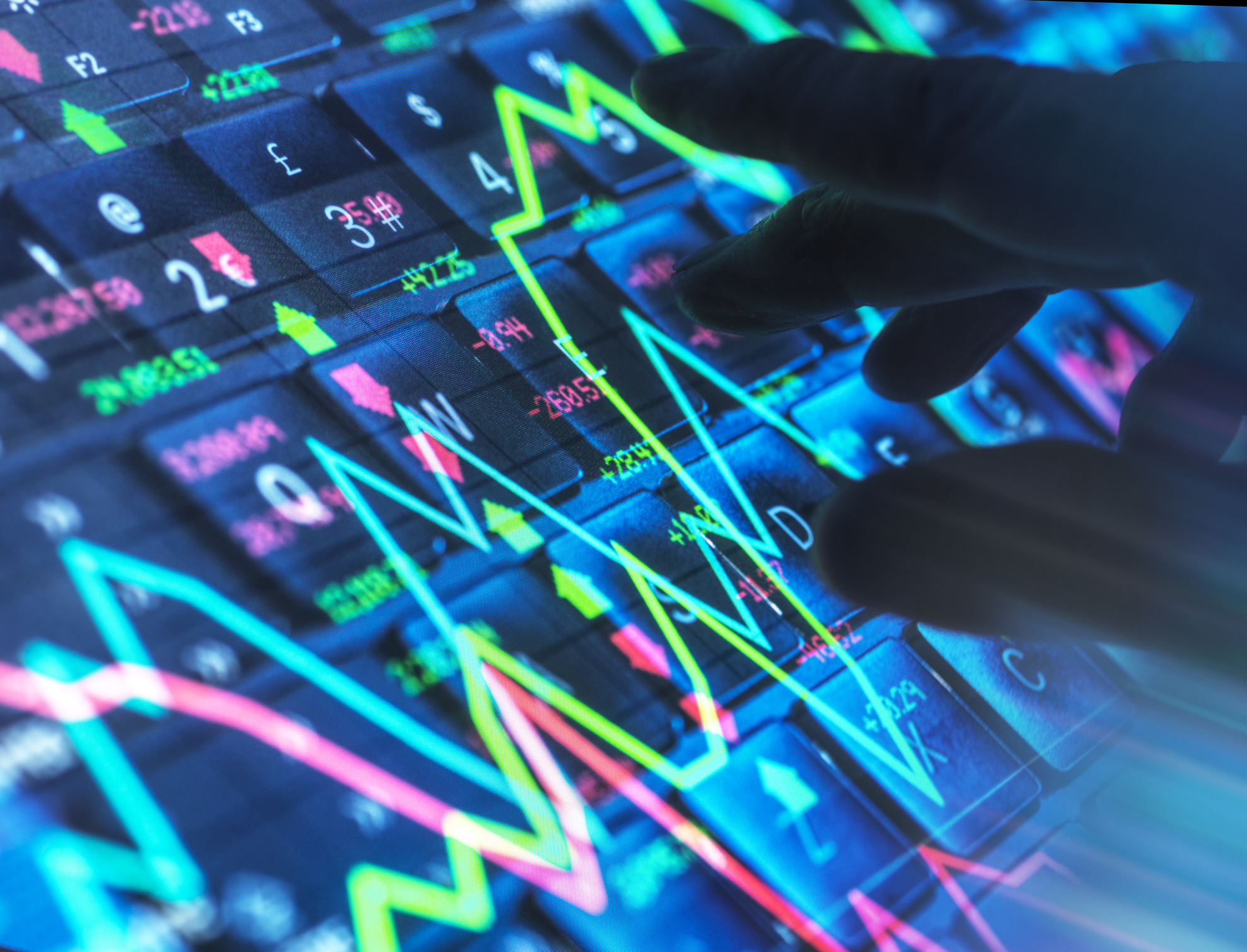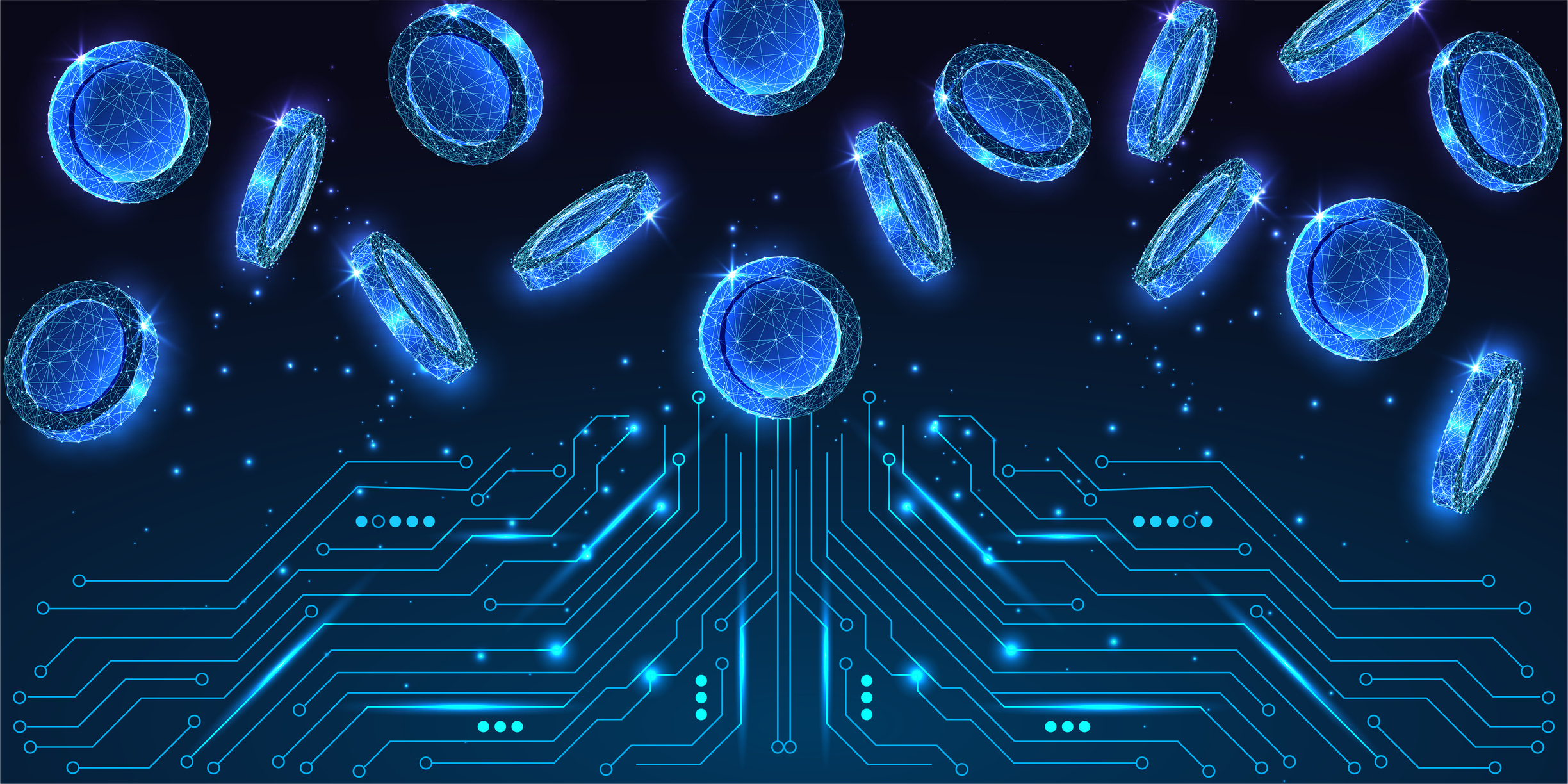Five Lessons from Apple’s Fall
Shares have recovered modestly from their autumn swoon. But future gains won’t come easy.

The stock market may be the world's most ruthless headmaster, teaching investors costly lessons on a daily basis. But few lessons are more instructive — or more costly — than those provided by the meteoric rise and fall of the shares of Apple (symbol AAPL).
In case you missed it, here's the CliffsNotes version. Until last fall, Apple was one of the decade's most compelling success stories, with its shares rising 100-fold from September 2002 through September 2012.
14 Tech Products Taking a Bite out of Apple
With the iPhone and iPad breaking sales records, analysts contended that even though Apple was trading at a record high of $705, the stock still had room to run. Many analysts published price targets for the next 12 months of $750 or $800 per share. (In September 2012, Kiplinger's Personal Finance columnist Andrew Feinberg proclaimed "Apple is still cheap" at $606 a share.)
From just $107.88 $24.99 for Kiplinger Personal Finance
Become a smarter, better informed investor. Subscribe from just $107.88 $24.99, plus get up to 4 Special Issues

Sign up for Kiplinger’s Free Newsletters
Profit and prosper with the best of expert advice on investing, taxes, retirement, personal finance and more - straight to your e-mail.
Profit and prosper with the best of expert advice - straight to your e-mail.
But Wall Street's love affair with Apple began to cool when company officials hinted in a conference call last October that profits in the October-December quarter might be flat and that revenues weren't going to be as robust as analysts had predicted. Apple shares sank below $400, rallied 18% in late April and early May, then retreated again to around $430. Meanwhile, many of the analysts who had predicted an $800-a-share price a year ago are now hoping the stock will bounce back to the $500-$560 range.
What lessons can this sad story teach?
Watch the innovation cycle. Apple's growth was based on the popularity of its innovative products — from phones that talk back to reading devices that play songs and take pictures. But the first iPhone was introduced six years ago, and the iPad is three years old. Although both have since been refined, the dearth of uniquely new products gave competitors a chance to catch up and develop similar devices. Increasing head-to-head competition makes it tough to sustain the high prices that have made Apple so profitable. In fact, the company's latest earnings reports show that its wide profit margins are narrowing.
Exponential growth becomes harder with size. It's easy for investors to think that if a stock has doubled in price, it could triple or quadruple — as Apple has several times in the past. However, stock prices tend to track earnings and revenue, and every time a company's earnings and revenues double, it becomes harder for them to double again, says David Tan, assistant professor of strategy at Georgetown University's McDonough School of Business. After all, a company with $1 million in revenue has to sell only $2 million worth of products or services to double in size. But a company with $172 billion in annual sales, which is what analysts estimate that Apple will ring up in its current fiscal year, has to add another $172 billion in sales to grow twice as large.
To put it another way, for Apple to maintain the 40% to 50% pace at which it grew in the past, it would have to buy or build a business the size of the Walt Disney Co. every 12 months.Winners take chips off the table. Unless every stock in your portfolio doubles each year (in which case Warren Buffett would like to hire you), Apple's rise over the past 12 months likely caused it to become a disproportionately large share of your assets. That makes your portfolio riskier and less balanced and is a signal that it's time to sell a portion of that stock, says Lance Roberts, chief executive of Streettalk Advisors, a Houston money-management firm. If a stock doubles, sell half your shares, Roberts advises. That takes your profits off the table, securing a gain and reducing the risk that one stock could jeopardize your overall wealth.
The market loves and hates with equal intensity. Wall Street is a lot like Taylor Swift, Roberts adds. It falls head-over-heels in love and will forgive many a transgression with a well-adored company. But one too many slips and the market can turn as unforgiving as a jilted lover, singing "we are never, ever, ever getting back together."
Will investors ever love Apple again with as much ardor as they once did? Perhaps, but spurned investors may require twice as much coaxing as they would with a stock that hadn't jilted them in the past.
Things may not be as bad as they seem. When Apple hit its nadir, dipping to $390 a share in mid April, all the news was bad news. Facts that investors already knew were used as justification to dump the stock: The company lost its creative genius, Steve Jobs; no one is sure whether Apple has sufficient products in its pipeline to fuel the double-digit growth rates of the past; Samsung usually sells more smart phones than Apple; and competition in the tablet market is just starting to heat up.
All of that spells tough sledding for Apple. And yet Apple products are highly coveted, its iTunes site is the most popular online music portal in the world and the company is a cash cow, with a pristine balance sheet and vast financial reserves. In short, news of the technology titan's demise were apparently premature. The stock has since bounced back to the mid $400s and market pundits are once again cautiously optimistic.
Kathy Kristof owns 40 shares of Apple in her Practical Investing portfolio.
Profit and prosper with the best of Kiplinger's advice on investing, taxes, retirement, personal finance and much more. Delivered daily. Enter your email in the box and click Sign Me Up.

-
 Dow, S&P 500 Rise to New Closing Highs: Stock Market Today
Dow, S&P 500 Rise to New Closing Highs: Stock Market TodayWill President Donald Trump match his Monroe Doctrine gambit with a new Marshall Plan for Venezuela?
-
 States That Tax Social Security Benefits in 2026
States That Tax Social Security Benefits in 2026Retirement Tax Not all retirees who live in states that tax Social Security benefits have to pay state income taxes. Will your benefits be taxed?
-
 QUIZ: What Type Of Retirement Spender Are You?
QUIZ: What Type Of Retirement Spender Are You?Quiz What is your retirement spending style? Find out with this quick quiz.
-
 Stocks Struggle for Gains to Start 2026: Stock Market Today
Stocks Struggle for Gains to Start 2026: Stock Market TodayIt's not quite the end of the world as we know it, but Warren Buffett is no longer the CEO of Berkshire Hathaway.
-
 If You'd Put $1,000 Into Lowe's Stock 20 Years Ago, Here's What You'd Have Today
If You'd Put $1,000 Into Lowe's Stock 20 Years Ago, Here's What You'd Have TodayLowe's stock has delivered disappointing returns recently, but it's been a great holding for truly patient investors.
-
 Stocks End Volatile Year on a Down Note: Stock Market Today
Stocks End Volatile Year on a Down Note: Stock Market TodayAfter nearing bear-market territory in the spring, the main market indexes closed out the year with impressive gains.
-
 Stocks Extend Losing Streak After Fed Minutes: Stock Market Today
Stocks Extend Losing Streak After Fed Minutes: Stock Market TodayThe Santa Claus Rally is officially at risk after the S&P 500's third straight loss.
-
 If You'd Put $1,000 Into 3M Stock 20 Years Ago, Here's What You'd Have Today
If You'd Put $1,000 Into 3M Stock 20 Years Ago, Here's What You'd Have TodayMMM stock has been a pit of despair for truly long-term shareholders.
-
 Santa Claus Rally at Risk as Tech Stocks Slump: Stock Market Today
Santa Claus Rally at Risk as Tech Stocks Slump: Stock Market TodayThe Nasdaq Composite and Dow Jones Industrial Average led today's declines as investors took profits on high-flying tech stocks.
-
 The Santa Claus Rally Officially Begins: Stock Market Today
The Santa Claus Rally Officially Begins: Stock Market TodayThe Santa Claus Rally is officially on as of Wednesday's closing bell, and initial returns are positive.
-
 Crypto Trends to Watch in 2026
Crypto Trends to Watch in 2026Cryptocurrency is still less than 20 years old, but it remains a fast-moving (and also maturing) market. Here are the crypto trends to watch for in 2026.